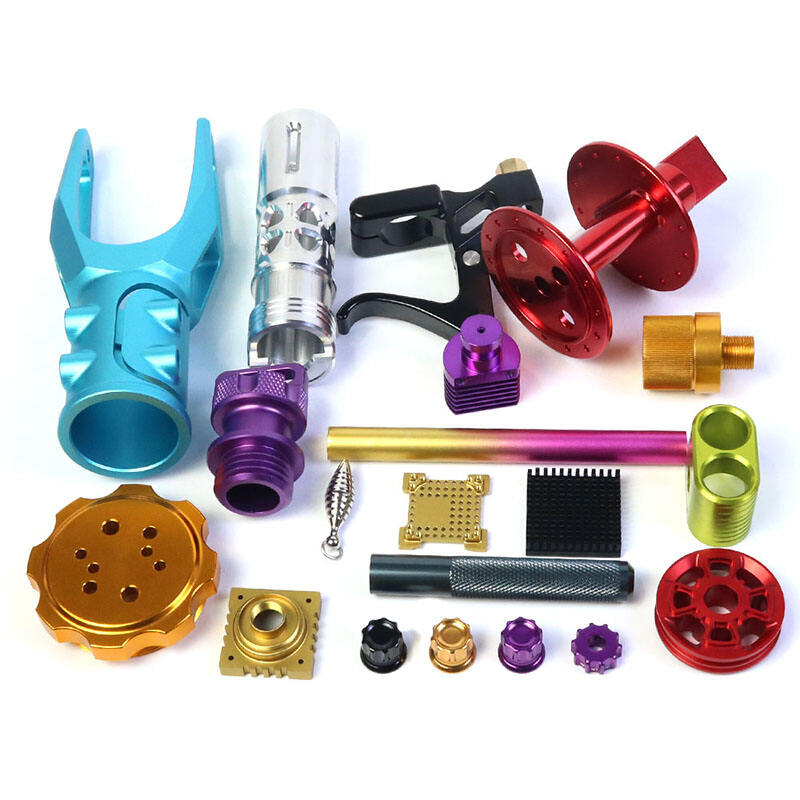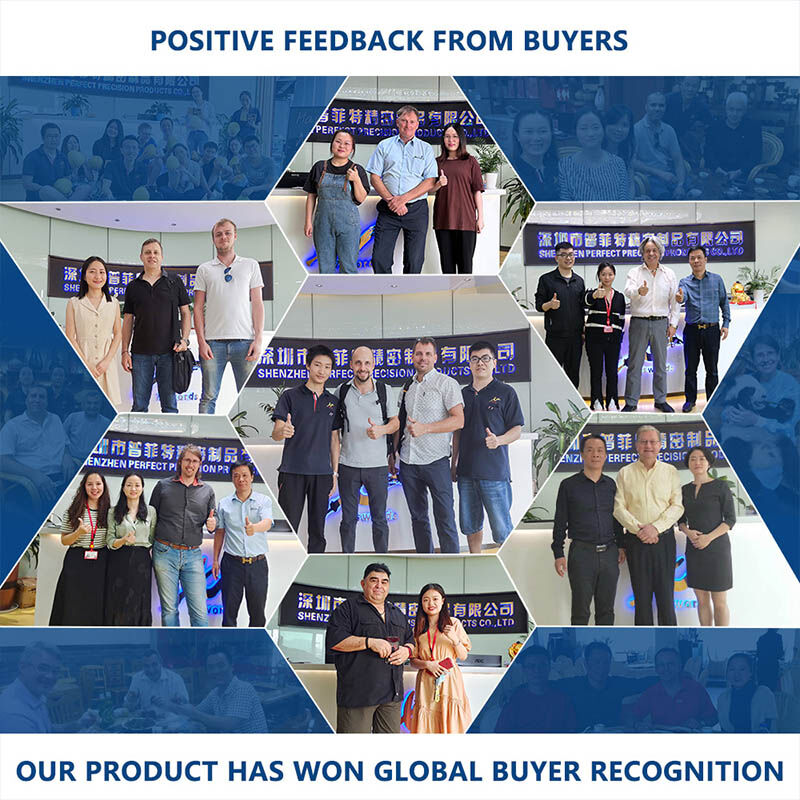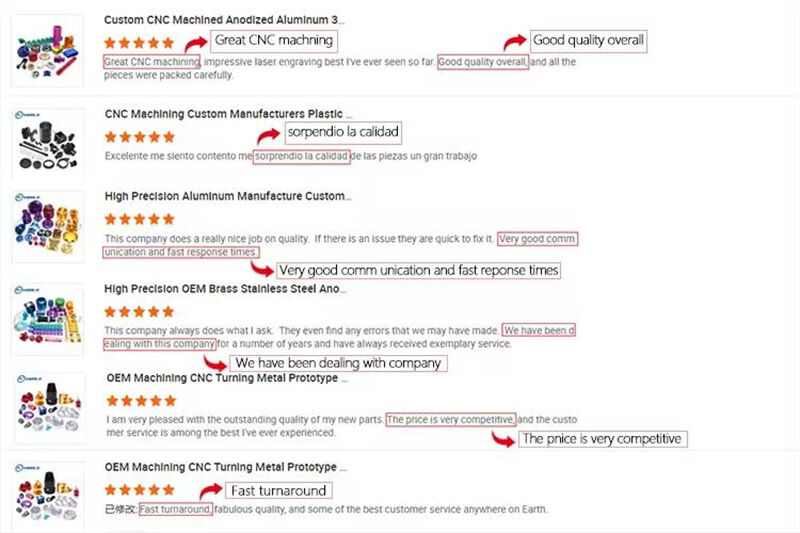Building 49, Fumin Industrial Park, Pinghu Village, Longgang District
Sunday Closed
Type:Broaching, DRILLING, Etching / Chemical Machining, Laser Machining, Milling, Other Machining Services, Turning, Wire EDM, Rapid Prototyping
Model Number:OEM
Keyword:CNC Machining Services
Material:stainless steel aluminum alloy brass metal plastic
Processing method :CNC milling
Delivery time:7-15 days
Quality:High End Quality
Certification:ISO9001:2015/ISO13485:2016
MOQ:1Pieces
Thinking about designing a custom CNC part.Whether you're building something simple or working on a complex mechanical assembly, the way you design your part can make or break your project—literally.
CNC machining is all about precision. But even the most advanced machines can only do so much with a poor design. That’s why getting your CNC parts design right from the start is critical.

CNC parts design is the process of creating a 3D model (usually in CAD software) that will later be machined using CNC (Computer Numerical Control) equipment. This design becomes the blueprint for the machine to cut, drill, or mill your part out of a block of material—usually metal or plastic.
Designing for CNC is more than just drawing shapes. It’s about understanding how the machine works, what it can (and can’t) do, and how to optimize your part for strength, accuracy, and cost.
Here are a few real-world tips that can help you avoid common mistakes and save time (and money) during manufacturing:
1. Keep it simple
The more complex your design, the more expensive and time-consuming it will be to machine. If a feature isn’t necessary, leave it out.
2. Use standard dimensions
Whenever possible, use standard hole sizes, radii, and threads. That makes it easier for machinists to use off-the-shelf tools and speeds up the machining process.
3. Mind your tolerances
Don’t go crazy specifying ultra-tight tolerances unless they’re absolutely necessary. Tighter tolerances mean longer machining times and higher costs.
4. Avoid deep pockets with small radii
Machines have limits. Deep pockets and tiny internal corners require special tooling or slow cutting speeds—both of which add cost.
5. Choose machinable materials
Aluminum, brass, ABS, and Delrin are all CNC-friendly materials. Harder metals like stainless steel or titanium can be used—but expect longer machining times and higher costs.
CNC parts design is a blend of creativity, engineering, and practicality. When done right, it can bring your ideas to life—whether you’re building a prototype or manufacturing production parts.
By following good design practices and thinking like a machinist, you’ll get parts that are strong, accurate, and ready to perform.



Q:How fast can I receive a CNC prototype?
A:Lead times vary depending on part complexity, material availability, and finishing requirements, but generally:
• Simple prototypes: 1–3 business days
• Complex or multi-part projects: 5–10 business days
Expedited service is often available.
Q:What design files do I need to provide?
A:To get started, you should submit:
• 3D CAD files (preferably in STEP, IGES, or STL format)
• 2D drawings (PDF or DWG) if specific tolerances, threads, or surface finishes are required
Q:Can you handle tight tolerances?
A:Yes. CNC machining is ideal for achieving tight tolerances, typically within:
• ±0.005" (±0.127 mm) standard
• Tighter tolerances available upon request (e.g., ±0.001" or better)
Q:Is CNC prototyping suitable for functional testing?
A:Yes. CNC prototypes are made from real engineering-grade materials, making them ideal for functional testing, fit checks, and mechanical evaluations.
Q:Do you offer low-volume production in addition to prototypes?
A:Yes. Many CNC services provide bridge production or low-volume manufacturing, ideal for quantities from 1 to several hundred units.
Q:Is my design confidential?
A:Yes. Reputable CNC prototype services always sign Non-Disclosure Agreements (NDAs) and treat your files and intellectual property with full confidentiality.
Copyright © Shenzhen Perfect Precision Products Co., Ltd. All Rights Reserved — Privacy Policy — Blog